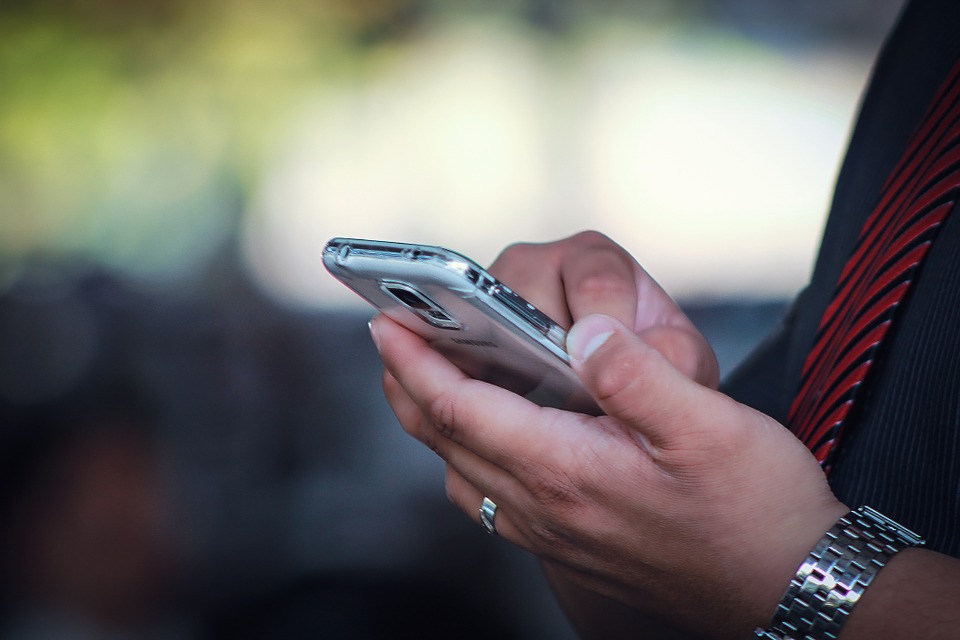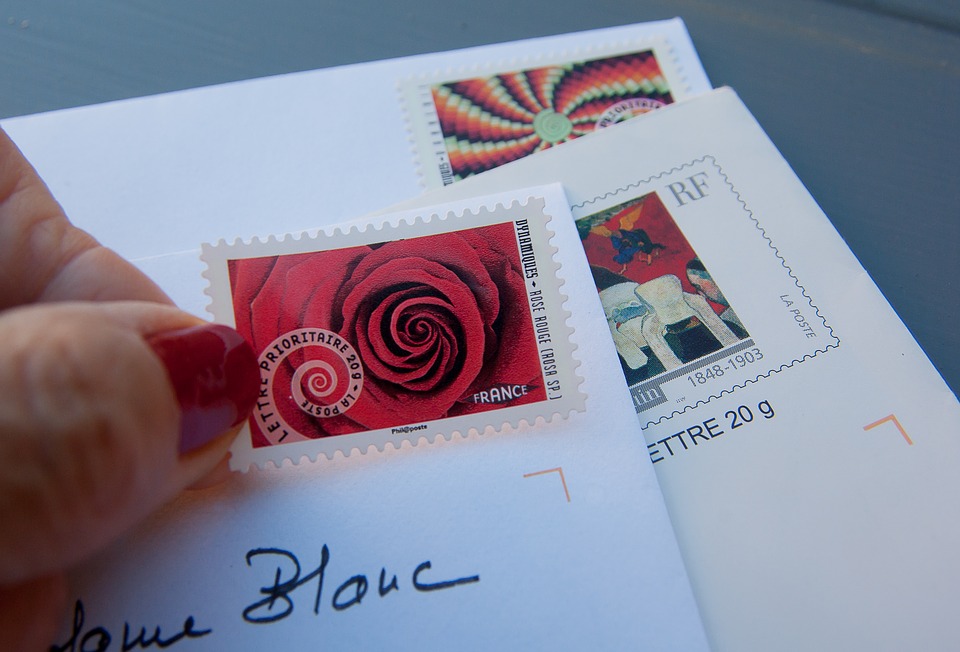Two things are sure concerning technology.
- It has changed our lives forever. (Both positively and negatively.)
- It is not going away.
Given these unalterable truths, we have developed The Old School Scale of Communication Connectivity as a way to quantify the strength of each mode of communication with which we regularly engage. Each of the five types are scored on a relative scale between 1-10, with 10 indicating the highest level of interpersonal connectivity.
Texting. There is no question that sending a text is the easiest and most efficient way to communicate in our modern world. It is instantaneous and widespread (almost ubiquitous) in its usage. Usually, the receiver responds “in real time” – or at least quickly. Yet, what texting offers in efficiency, it lacks in message length (usually), and it fails to offer any emotional connection – although emojis help. We give it a relative communication connectivity score of 1.
Email. The use of email is almost as widely used as texting – although there are some in the older baby boomer demo who will never comply. The obvious advantages over texting are the length of message it affords, and the ability to copy innumerable additional recipients. Thus, the sender can expound on thoughts or instructions and disseminate a message much more broadly. Additionally, the immediate reply pressure inherent with texting is somewhat removed increasing email’s convenience factor. For these reasons, we give it a relative communication connectivity score of 3.
Telephone. Now we are really going “old-school.” But there is no denying the power of voice tone in a conversation. In fact, as I referenced in my book, “The Old School Advantage,” tone is the most important component of communication. (If you don’t think so, try this simple exercise: Repeat this sentence, “Did you finish that report?” five times – each time placing emphasis on a different word.)
In addition, the instantaneous opportunity for back and forth in a verbal dialogue brings a level of complexity and nuance to the conversation that digital communication cannot deliver. For these reasons, we give a phone call a relative communication connectivity score of 6.
Face-to-face. A one-on-one conversation becomes “4-D” because all of the elements of a phone call are included PLUS two powerful indicators of true feelings – facial expression and body language. Sales training may instruct students, “You can be anybody you want to be on the phone,” but in person – unless you are a trained actor – you are you. This makes the in-person interaction far more effective than voice only (telephone) and so we give it a relative communication connectivity score of 9.
Handwritten note. There is no more powerful way to communicate than the quintessential old-school practice of sending a handwritten note. It is so impactful because it brings out the best in you. By taking the time to write a card, find an address, and then mail it, you have, in effect, said, “I could have texted or emailed you a ‘thank you’ in fifteen seconds or less, but time is the most valuable thing anyone owns. I felt like it was worth giving up a few extra minutes of my time in order to make sure you know how important this communication, and our relationship, is to me.” That is powerful.
Additionally, a personal note speaks to authenticity and uniqueness like no other form of communication, and it is universally accepted in a positive way. Your handwriting is like your fingerprint. It can’t be faked, and it can’t be imitated in print or voice. In spite of the amazing ways technology affords instant communication, ink on paper is the best way to express the thoughts that matter most – and thus connect on a very personal level. The act of writing also helps you choose better words; this process even enters the realm of art, and art has survived technology in every age.
Finally, another advantage is that people usually do not discard handwritten missives. I have several drawers at home and at work where scores of handwritten notes reside. And a unique and intriguing characteristic of handwritten notes is that they keep on giving. Each time I reread one, it gives me the same feeling it did the first time I looked at it. By contrast, verbal compliments vanish even as they are uttered. For these reasons, we give a handwritten note a relative communication connectivity score of 10.
In our supposedly “highly connected world,” it seems we are more dis-connected than ever. Consider the purpose of each of your messages as you reach out to speak to others and let The Old School Scale of Communication Connectivity guide you to stronger and more meaningful relationships.
Find a Home-Based Business to Start-Up >>> Hundreds of Business Listings.


















































